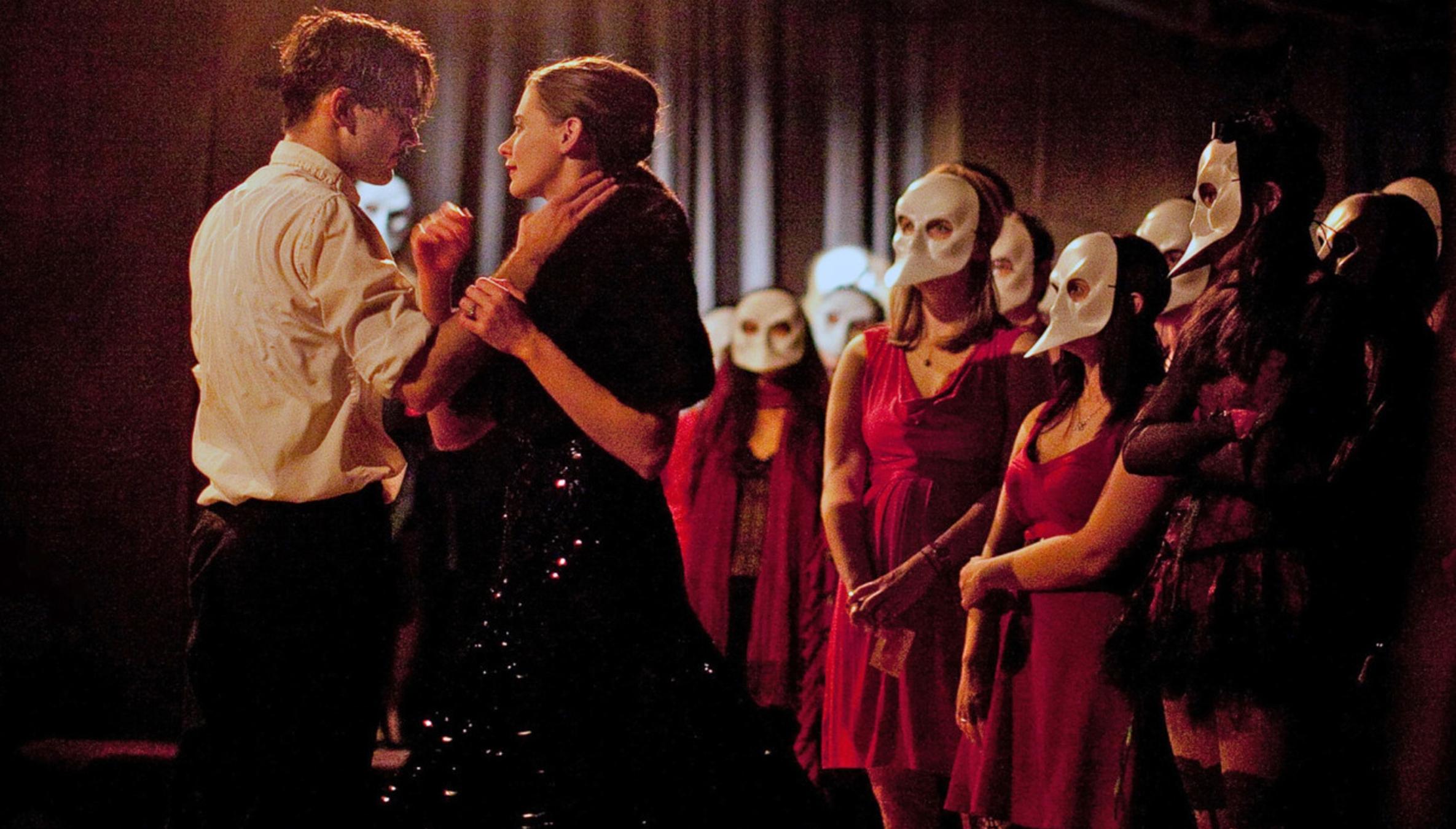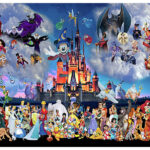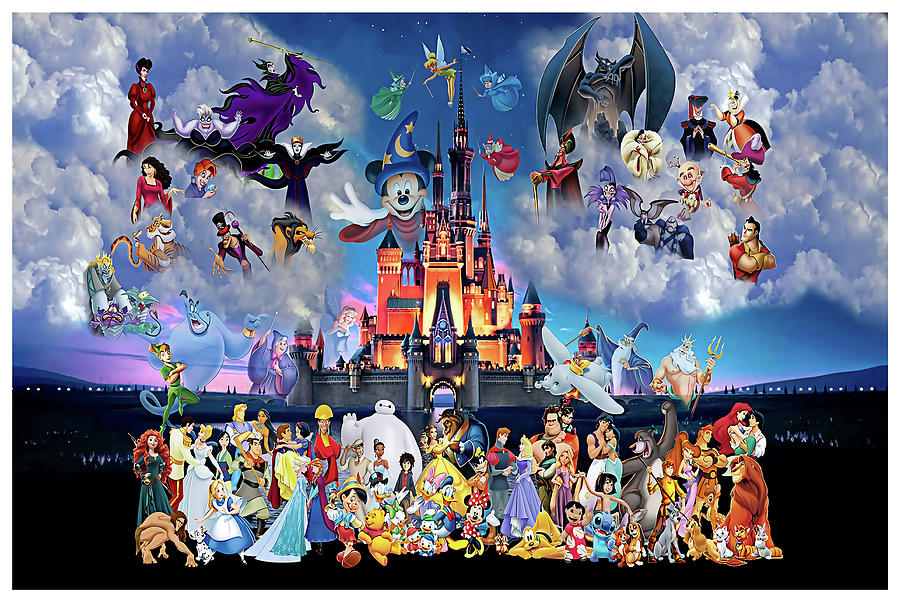The world of theatre is evolving with the introduction of virtual and immersive performances. In the wake of the COVID-19 pandemic, theatre companies have turned to digital and immersive experiences as a way to reach audiences and keep the art form alive. While these new forms of theatre have been met with some skepticism, they offer exciting opportunities for innovation and engagement with audiences.
Virtual performances, as the name suggests, are performances that are experienced entirely online. These can range from pre-recorded shows to live-streamed performances, and they offer several advantages. For one, virtual performances can reach audiences all over the world, breaking down geographical barriers to access. Additionally, virtual performances can be more affordable to produce than traditional stage productions, allowing smaller companies to compete on a larger scale.
One successful example of a virtual performance is the Broadway hit Hamilton, which premiered on Disney+ in 2020. The virtual production allowed audiences who may not have been able to see the show live to experience it from the comfort of their own homes. The success of Hamilton on Disney+ has led to other Broadway shows considering virtual releases in the future.
Immersive performances, on the other hand, are shows that take place in non-traditional spaces and often blur the line between performers and audience members. These performances can be fully immersive, where the audience is completely surrounded by the performance, or semi-immersive, where the performance is taking place in a non-traditional space such as a warehouse or park. Immersive performances offer a unique and intimate experience for audiences, allowing them to be fully immersed in the world of the performance.
One successful example of an immersive performance is Sleep No More, an interactive, site-specific adaptation of Macbeth that takes place in an abandoned hotel in New York City. The show allows audience members to explore the hotel freely and interact with the performers, creating a one-of-a-kind theatrical experience.
The rise of virtual and immersive performances has been aided by advances in technology. Virtual performances rely heavily on live-streaming and video technology, while immersive performances often incorporate virtual reality or augmented reality. The use of technology in theatre has allowed for increased access and more engaging experiences for audiences.
Despite the advantages of virtual and immersive performances, there are also challenges and limitations. One of the main challenges of virtual performances is the difficulty of recreating the energy and intimacy of a live performance. Additionally, the technical aspects of producing virtual performances can be challenging, with the need for high-quality audio and video production.
Immersive performances, on the other hand, often require significant investment in production design and logistics. They also rely heavily on audience participation and engagement, which can be difficult to achieve with every audience member.
Another challenge facing virtual and immersive performances is the potential for criticism and controversy. Some argue that these new forms of theatre are diluting the art form, while others express concerns about the use of technology in live performance.
Despite these challenges, virtual and immersive performances offer exciting opportunities for the future of theatre. By breaking down barriers to access and engaging audiences in new and innovative ways, they are helping to keep the art form alive and relevant in an increasingly digital world.
In conclusion, the rise of virtual and immersive performances is revolutionizing the theatre industry. These new forms of theatre offer exciting opportunities for innovation and audience engagement, and have the potential to reach audiences all over the world. While there are challenges and criticisms, the continued evolution of theatre is essential to its survival and relevance in the modern world.





